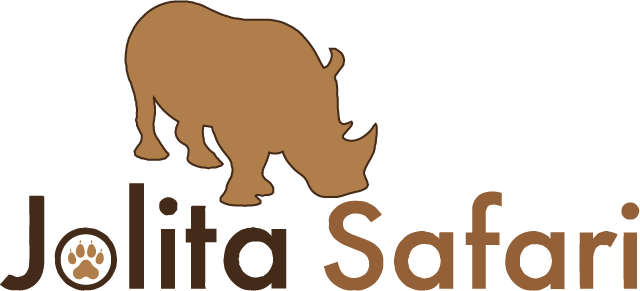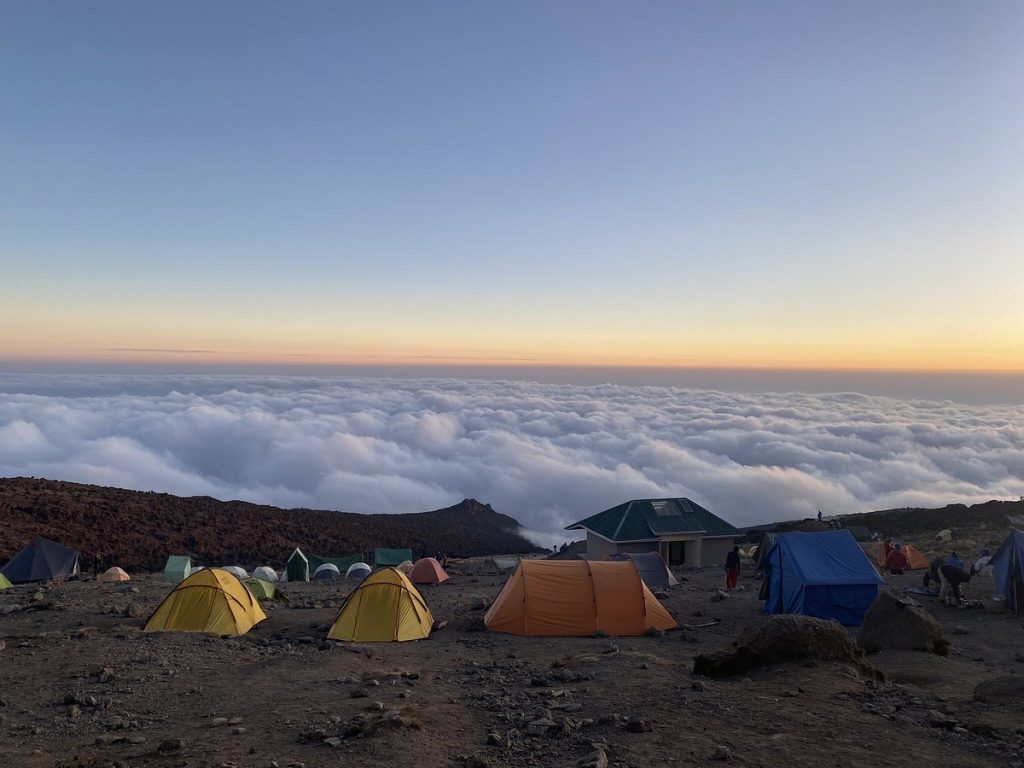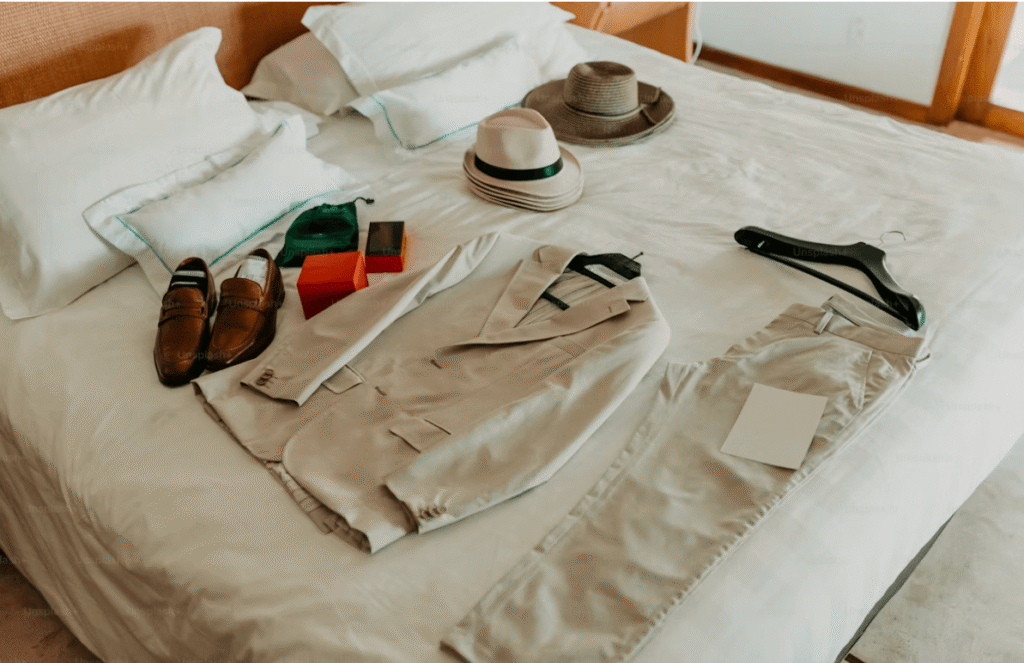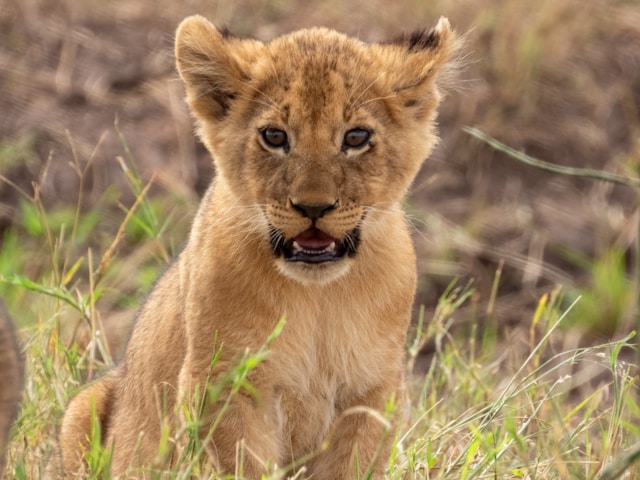Kenya is the second largest country in East Africa after Tanzania. The country’s capital city is Nairobi and the main city at the coast is Mombasa. It is situated on the equator and is bordered by five countries which are Uganda, Tanzania, Sudan, Somalia and Ethiopia. Size; The country is located on the total land area of 224,000 sq. miles (582,000 sq. Km). Population; according to 2023 estimates, the country’s population is believed to be 55 millions
Geography
The country is lying along the Indian Ocean, at the equator, and is bordered by Ethiopia in the north, Somalia in northeast, Tanzania in south, Uganda and Lake Victoria in the west, and Sudan in northwest. Its capital city is Nairobi. The country has a significant landmark and the second among the highest mountain peaks of Africa, and tat is Mountain Kenya, I also has Mountain Elgon which it shares with Uganda. Water bodies in the country include Lakes and Rivers such as Lake Victoria, Lake Turkana, Lake Nakuru and Lake Navisha.
Kenya has a variety of wildlife, landscapes, lakes, tropical coastline, culture, history and friendly welcoming people. Kenya has geographical diversity from snow-capped peaks, a Rift Valley with extinct volcanoes and hot springs, wide open plains, forest and coastline with reefs and magnificent Zanzibares
Climate
Kenya has a tropical climate and is warm all year round, with plenty of sunshine with cool nights and mornings. However, if you are traveling across Kenya, expect to experience different weather patterns due to Kenya’s differing topographical dimensions. Generally, the hottest season falls between February and March with temperatures as high as 93°F, while the coolest season falls between July and August with temperatures dropping to the low 50’s(°F).
Culture
The country is well endowed with many different cultures and these include the Swahili people on the coast, pastoralist communities in the north, and several different communities in the central and western regions. The Masai culture is well known today, given its heavy exposure from tourism, The Maasai are also known for their elaborate upper body adornment and jewelry.
Wildlife
Wildlife in Kenya include the Wildebeest, The “Big Five” animals of Africa such as the lion, leopard, buffalo, rhinoceros and elephant. A significant population of other wild animals, reptiles and birds can be found in the national parks and game reserves in the country.
Religion
Majority of Kenyans are Christian with 45% being Protestant and 33% Roman Catholic. There is a fairly large Hindu population in Kenya who is Muslims and is about 10%, indigenous beliefs also rank up to10%. The other 2% has unknown or other religions
Language
The country has got different groups and these are the Kikuyu, Luhya, Luo, Kisii, Meru, Masai, other African, non-African such as Asian, European, and Arab. The language that unites all these groups is Kiswahili and English and therefore they are he commonly used languages.
Where to go in Kenya
Lake Turkana
Samburu Game Park
Meru and Kora National Parks
Lake Victoria
Masai Mara National Reserve
Mount Kenya National Park
The Great Rift Valley
Aberdare National Park
Amboseli National Park
Nairobi City
Tsavo National Park
Lamu Island
Malindi
Mombassa
When to go to Kenya
The best season to travel to Kenya is from January to March as this is when the weather is hot and dry and most comfortable for traveling. This is the best time to visit Kenya for bird and game viewing on the Rift Valley lakes. April to June and October to December are less popular times for experiencing a Kenya safari as these are the rainy seasons and flooding often occurs. However, it is usually possible to get around easily during these times and the rains do not hinder visibility and is the best time to go to Kenya if you want less crowd.
What to do in Kenya
Shopping in Mombasa on Biashara Street
Climb/Hike Mount Kenya
Deep-sea fishing
Scuba-diving, snorkelling, sailing, waterskiing, swimming and surfing on Kenya’s Coral Coast
ice-skating
Game drives
Launch and boat cruises
Zanzibar games
Wildlife viewing
Public Holidays
Apart from Good Friday and Easter Monday, which fall on variable dates, other public holidays are
New Year’s Day 1 Jan
Labour Day 1 May
Madaraka Day 1 June
Moi Day 10 Oct
Eid al-Fitr (End of Ramadan) 10 Sep
Kenyatta Day 20 Oct
Feast of the Sacrifice 16 Nov
TBA Independence Day 12 Dec
Christmas Day 25 Dec
Boxing Day 26 Dec
Kenya is a prime safari destination and offers a wide range of active holidays – from trekking and hot air ballooning in the lush plains of the Maasai Mara to horse and camel riding in Laikipia in the semi-arid northern frontier district.
With a diverse number of safari lodges and luxury tented camps for visitors of all interests and ages, and a choice of high quality Zanzibar destinations to relax at after a safari, Kenya offers the perfect getaway for families, retired couples, honeymooners or those who are visiting Africa for the first time.
Nairobi
Kenya’s capital is a busy cosmopolitan city, the largest between Cairo and Johannesburg. It is relatively easy to find a variety of airlines that fly here from various parts of the world. Connecting to nearby Tanzania and Uganda is also an option that is very popular among visitors to East Africa.
Among places to visit whilst in Nairobi are the Kenya International Conference Centre, offering wonderful views over Nairobi; the Bomas of Kenya – a cultural centre at Langata and near Nairobi National Park – home to the country’s largest population of black rhino and sporting a wetland with over 550 species of birdlife and all manner of flora and fauna in the shadows of Nairobi’s skyscrapers.
Other places to visit are the David Sheldrick Wildlife Trust, a sanctuary for orphaned black rhino and elephant; the Langata Giraffe Centre and Giraffe Manor, where children in particular find it entertaining to feed the Rothschild giraffes; the Karen Blixen Museum, and the Carnivore – voted one of the world’s best restaurants where a huge barbeque of farmed game meats such as crocodile, zebra and hartebeest are served along with other more common meats and poultry.
Nairobi is the base for many of Kenya’s safari destinations as well as being an interesting destination in its own right, or a stopover for connections to Tanzania or Uganda.
Kenya’s Zanzibares
Kenya has some of the lovelies Zanzibares on its coast – offering a superb way to relax after a safari or trek, or as a stand-alone holiday
- Mombasa
- Malindi
- Watamu
- Lamu
- Manda Bay
Specialist Activities
-
- Horse riding
- Walking Safaris
- Cycling Safaris
- Golfing Holidays
- Diving and Snorkelling Holidays
- Family Holidays
- Honeymoons and Special Anniversaries/Birthdays
Weddings can be arrange on safari or on the Zanzibar – see our Weddings page or contact us for more information.
Maasai Mara
With an area of about a tenth the size of the Serengeti, the rich grasslands of the Mara are home to a host of animals including the migratory wildebeest who make their way from Tanzania’s Serengeti during the dry season. This is dubbed the Greatest Show on Earth – and the migration can be witnessed in the Mara between August and November, depending on the rainy season.
The Great Migration is what draws thousands of people each year, to witness the herds of wildebeest make their journey into the Maasai Mara, home to many tributaries of the vast Mara and Talek Rivers. From the end of August through to November the migratory herds graze in the lush greener plains of the Mara. From early December the herds return to Serengeti to begin the calving season (February-March) and the cycle begins again.
Apart from the migration, the Mara has a host of other interesting wildlife including the big cats – lions, leopards and cheetah made famous by the Big Cat Diary and the infamous Mara River, where hundreds of wildebeest perish at the jaws of huge crocodiles. Other predators like hyenas and jackals can also be found lurking near water sources and the river.
The Maasai Mara has over 450 recorded species of birds including the aptly named Go-away bird, secretary bird common ostrich and a variety of starlings and eagles.
The Maasai Mara comprises an area of 1530 sq kms and is a 5-7 hour drive from Nairobi. The more comfortable way to travel would be to fly in light aircraft from the Nairobi Wilson airport.
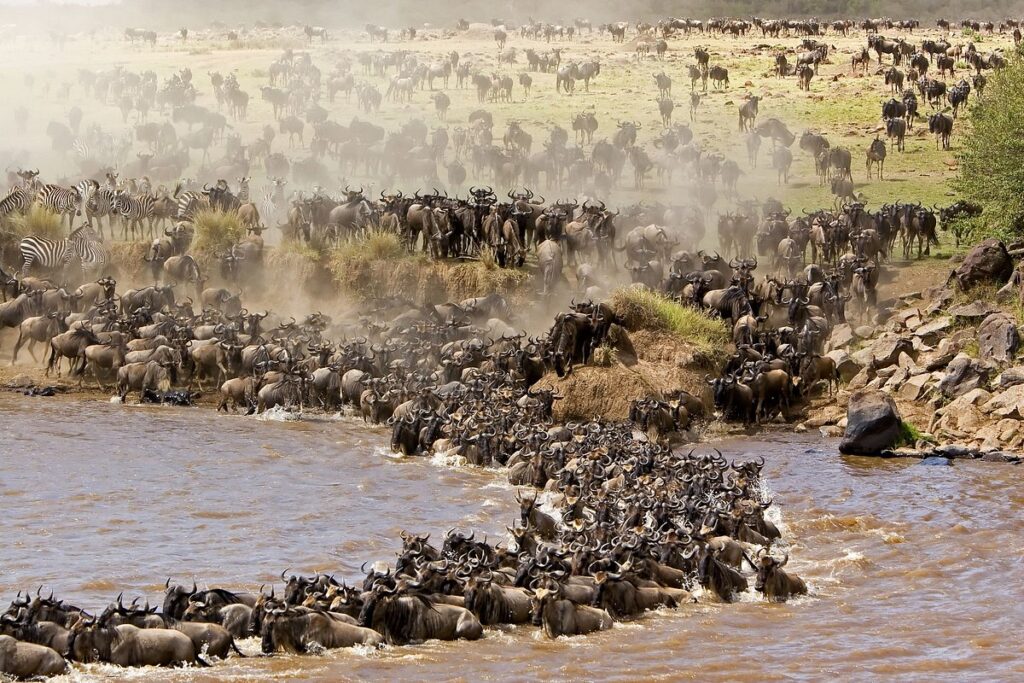
Lake Nakuru & Naivasha
The Lake Nakuru national park covers an area of 180 sq kms and is one of the most visited reserves in Kenya after the Maasai Mara. The main attraction of this park is the soda lake to which thousands of flamingo can be observed forming a pink blanket – an ornithologist’s haven. White and black rhino, that were introduced here a few years ago, may also be seen here along with antelope, buffalo, hippo, warthogs, baboons, hyrax and birds of prey. Besides its spectacular birdlife, Lake Nakuru is a sanctuary to some rare species such as the Rothschild giraffe and white rhino. A huge forest of euphorbia amongst which leopard like to lurk surrounds the lake.
Lake Naivasha is a fresh water lake where flamingo habitat to quench their thirst after their highly specialised diet of algae in the soda waters of Lake Nakuru. The lake itself is not as spectacular as its surrounding area and many visitors to the area tend to visit the Hell’s Gate National Park which has more to offer in terms of trekking and walking, with views of gorges and volcanic columns.
Both lakes are easily accessible by road from Nairobi and combine well with a safari to Samburu, Maasai Mara and/or Amboseli.
Contact us for more information on a safari to Lake Nakuru or Lake Naivasha.
Amboseli
Lying in the shadow of the Great Kilimanjaro, Amboseli National Park is the ideal place to view this majestic mountain. The snow clad peak of this mighty mountain gives rise to porous volcanic material which forms the bed rock of the Amboseli, from which rain and snow drain into the numerous rivers and springs which surface in this national park.
Amboseli has abundant swamps and marshes the Engoko Narok and Olokenya permanent swamps – where the great big herds of elephant and hippo enjoy a good soak. The park is one of the smaller parks covering an area of 392 sq kms and is approx 2 hours drive from Nairobi, and 45 minutes to the border with Tanzania at Namanga, enabling one to extend the safari experience into Tanzania.
Samburu
Set in a harsh yet stunning landscape, the Samburu National Reserve is one of our favourite parks in Kenya – less crowded than the southern parks, it offers a diverse landsape of hills and plains, with some pretty elegant albeit quirky wildlife species that are difficult to find elsewhere.
Samburu is dry most of the year, typical of the arid northern part of Kenya. Samburu is 235 sq kms and its landscape comprises tall dome palms and patches of forest around River Ewaso Ngiro.
Amongst the endemic species to be found here are the Gerenuk (or giraffe-necked gazelle – known for its long neck and often to be seen grazing on its hind legs), the finely patterned and endangered reticulated giraffe, the beisa oryx , Somali blue-necked ostrich, vulturine guinea fowl and Grevy’s zebra. These elegant animals can be found in this park, preferring the drier areas.
Samburu is also home to large herds of elephant to be seen near the banks of the Uaso (or Ewaso) Ngiro River, as well as the big cats – lion, cheetah and even the elusive leopard! Crocodiles and hippos teem in the river and there is a huge diversity of birdlife (over 360 recorded species) to be found in the reserve. Across the river, there is the Buffalo Springs Reserve however this is normally grouped as part of Samburu.
SHABA NATIONAL RESERVE
In the eastern corner of the Samburu eco-system is a secluded area surrounded by arid landscape dotted with lush springs, swamps and rocky river gorges – this oasis is Shaba National Reserve, made famous for its association with the world famous conservationists Joy and George Adamson and the film ‘Born Free’ with Elsa the lioness and the leopard “Penny”.
Shaba National Reserve itself is rich with extraordinary wildlife; on game drives you have the opportunity of seeing varied wildlife including Grevy’s zebra, the Somali ostrich, generuk, reticulated giraffe, lesser kudu, leopard, plenty of lion and herds of elephant.
The best place to stay is Joy’s Camp,which overlooks a large natural spring, which acts as a watering hole, allowing for continuous game viewing whilst dining or relaxing at the camp in between game drives.
ACCOMMODATIONS IN SAMBURU AND SHABA
Among the places one can choose to stay in whilst visiting Samburu are:
- Samburu Serena Lodge
- Larssens Camp
- Samburu Intrepids Camp
- Samburu Saruni Camp
- Kitich Camp
- Joy’s Camp (Shaba)
THE SAMBURU TRIBE
The Wa-samburu are part of the Maa-speaking people as are the Maasai. About 95% of the words of both languages are the same. The name ‘Samburu’ is also of Maasai origin and is derived from the word ‘Samburr’ which is a leather bag used by the Samburu to carry a variety of things.
The Wasamburu are semi-nomadic pastoralists whose lives revolve around their cows, sheep, goats, and camels. Milk is their main stay; sometimes it is mixed with blood (Loshoroo). Meat is only eaten on special occasions. Generally they make soups from roots and bark of certain trees, they mainly eat vegetables, beans and maize if living in an area where they can be grown.
Most of the Wasamburu dress in very traditional clothing of bright red material used like a skirt and multi-beaded necklaces, bracelets and earrings.
The Samburu developed from one of the later Nilotic migrations from the Sudan, as part of the Plains Nilotic movement. The broader grouping of the Maa-speaking people continued moving south, possibly under the pressure of the Borana expansion into their plains. Maa-speaking peoples have lived and fought from Mt. Elgon to Malindi and down the Rift Valley into Tanzania.
Visits to a Samburu Village can be arranged as well as camel rides (best means of transport in these arid parts) whilst on safari.
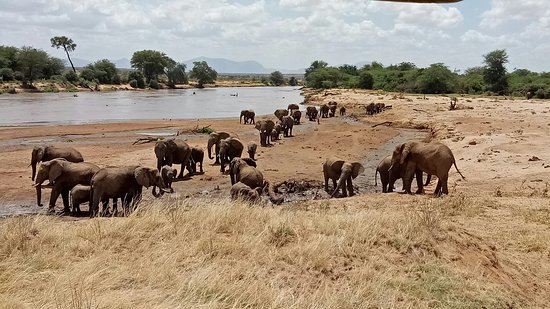
The Aberdares
The Aberdare mountain range lies in the central highlands of Kenya and comprises the Kinangop Plateau in the south, which is a 60km stretch of moorland, peaks and forest, and the Salient, which is an outcrop of dense rainforest to the east.
Rain is imminent at any time. The park has a variety of flora and fauna seldom found elsewhere. Elephant and buffalo as well as black rhino, bongo antelope, serval and the elusive black leopard can also be found here. There are a number of spectacular waterfalls including the Karura Falls and the Gura Falls – the latter drops 300m into thick forest and is the more difficult to get to.
Meru National Park
This is one of the most geographically diverse parks in Kenya and unfortunately due to poaching, elephant and rhino numbers have dwindled since the 1970s.
The marshy Bisanadi Plains has a number of elephant, lion and cheetah as well as lesser kudu, eland, Oryx, buffalo, reticulated giraffe and Grevy’s zebra and a plethora of bird species. The park is less visited than the others and is tranquil.
Hell’s Gate National Park
– This aptly named national park is located in the Great Rift Valley about 15 km from Lake Naivasha, and is home to a variety of bird and animal life including zebras, gazelle, baboons and the occasional cheetah, leopard and ostrich. Birds of prey such as the rare Lammergeyer raptor are being introduced.
Once entering the park through the main Elsa Gate, the road takes you past Fischer’s Tower, a 25m high column of volcanic rock and through a steep sided gorge close to Central Tower, a much larger column of volcanic rock. There are opportunities for walks and treks. The park also houses the Ol Karia Geothermal Station, a power project utilising steam from the earth’s geothermal source.
Mount Kenya
Mount Kenya is Africa’s second highest mountain, and the highest in Kenya. Awesome with its white glacier peaks, the highest point is 5199m (17,058 ft) high.
In effect there are three peaks of which only the third highest peak, Point Lenana (known as the “Trekkers Summit” at 4,985m) is the most easily accessible and non-technical. There are three main eco-zones that make up this mysterious but beautiful mountain: the rocky and glacial peak area, actually an eroded volcanic plug, with its mantle of glaciers and snowfields; the alpine zone with its distinctive giant vegetation; and the vast gentle lower slopes drenched in mountain forest and bamboo jungle.
The various wildlife including sunbirds, hyrax and soaring eagles make the walk around the peaks one of the most beautiful expeditions in the East African mountains. Due to the high altitude it is wise not to rush to the summit areas but to allow adequate acclimatisation. To combine this ascent with a circumnavigation of the main peaks requires at least an extra day.
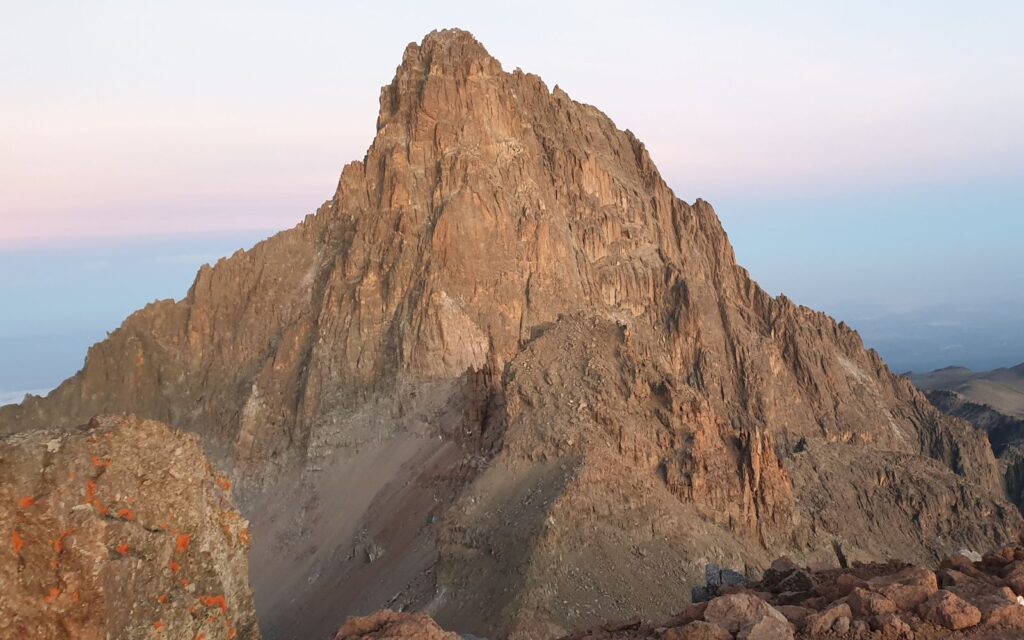
SHORT EASTERN KENYAN SAFARI – FITS WELL WITH MOMBASA Zanzibar HOLIDAY
| DAY | DESCRIPTION |
| 1 | Around 08h30 drive from Mombasa (or Nairobi) to Tsavo East National Park. Game drive in the park with picnic lunches. Dinner and overnight at Lodge/Campsite. |
| 2 | After breakfast, game drive in Tsavo enroute to Tsavo West National Park. Lunch and afternoon game viewing. Lodge/campsite Dinner and overnight at . |
| 3 | Breakfast and morning game drive in Tsavo West National Park. Lunch and afternoon game drive. Dinner and overnight at Lodge/campsite. |
| 4 | After breakfast, game viewing enroute to Mombasa or Nairobi. |
*NOTE: THIS ITINERARY CAN BE ADJUSTED TO PICK UP AND DROP OFF FROM EITHER NAIROBI OR MOMBASA. THIS MAKES A GOOD SHORT SAFARI COMBINATION WITH A Zanzibar HOLIDAY IN MOMBASA.
POPULAR KENYAN SAFARI
| DAY | DESCRIPTION |
| 1 | 08h30 Drive to Samburu National Park. Game drive in the park with picnic lunches. Dinner and overnight at Lodge/campsite. |
| 2 | After breakfast, full day game viewing in Samburu. Lunch. Afternoon game viewing then Lodge/campsite for dinner and overnight. |
| 3 | After breakfast drive to Lake Nakuru. Lunch and afternoon game drive. Afternoon wildlife viewing for the rest of the day. Dinner and overnight at Lodge/campsite. |
| 4 | After breakfast, drive to the Maasai Mara National Park. Lunch then afternoon game viewing. Dinner and overnight at Lodge/campsite. |
| 5 | After breakfast, wildlife viewing in the Maasai Mara. Witness the Great Migration in the park. Lunch, dinner and overnight at Lodge/campsite. |
| 6 | After breakfast, game viewing enroute to Nairobi. (Extend your stay with visit to Mombasa/Malindi or Zanzibar, or spend the night after safari in Nairobi before flying back home) |
*NOTE: THIS ITINERARY CAN BE ADJUSTED TO TAKE IN AMBOSELI NATIONAL PARK INSTEAD OF SAMBURU
2 WEEK KENYAN SAFARI & MOMBASA Zanzibar HOLIDAY
| DAY | DESCRIPTION |
| 1 | Arrive at Jomo Kenyatta International Airport in Nairobi and transfer to Nairobi. Drive to Amboseli National Park for lunch. Afternoon game drive. Dinner and overnight at Amboseli Sopa or Serena or Ol Tukai Lodge or Amboseli Sentrim Camp or Amboseli Serena Lodge or Tortillis Camp. |
| 2 | Breakfast and full day of wildlife viewing in Amboseli. Lunch, dinner and overnight at Ol Tukai Lodge or Amboseli Serena Lodge or Amboseli Sentrim Camp or Tortillis Camp. |
| 3 | After breakfast, drive to Lake Nakuru National Park. Lunch and afternoon wildlife and bird viewing around the lake. (Boating Safari available). Dinner and overnight at Lake Nakuru Lodge or Lion Hill Lodge. |
| 4 | After breakfast, drive to the Aberdare Ranges. Lunch, dinner and overnight at The Ark. |
| 5 | After breakfast, drive to the Maasai Mara National Park. Lunch, afternoon game drive. Dinner and overnight at The Mara Simba or Sopa or Serena or Keekorok Lodge or Fig Tree Camp (more exclusive camps: Governors Camps, Kicheche Camp, Royal Mara Camp, Bateleurs Camp). |
| 6 | After breakfast, wildlife viewing in the Maasai Mara. Lunch, dinner and overnight at lodge or camp. |
| 7 | After breakfast, wildlife viewing enroute to Nairobi. Board flight to Mombasa and transfer to the Whitesands, Diani Reef or Serena Zanzibar Resort for dinner and overnight stay. |
| 8-13 | Days at leisure by the Zanzibar. Dinner & overnight at Zanzibar resort. |
| 14 | After breakfast, transfer to the Mombasa airport for onward flight. |
*NOTE: A RANGE OF ACCOMMODATIONS ON SAFARI AND IN MOMBASA OR MALINDA OR LAMU CAN BE ARRANGED. THE ABOVE ITINERARY CAN BE AMENDED TO TAKE IN MORE OR LESS NIGHTS ON SAFARI OR Zanzibar.
